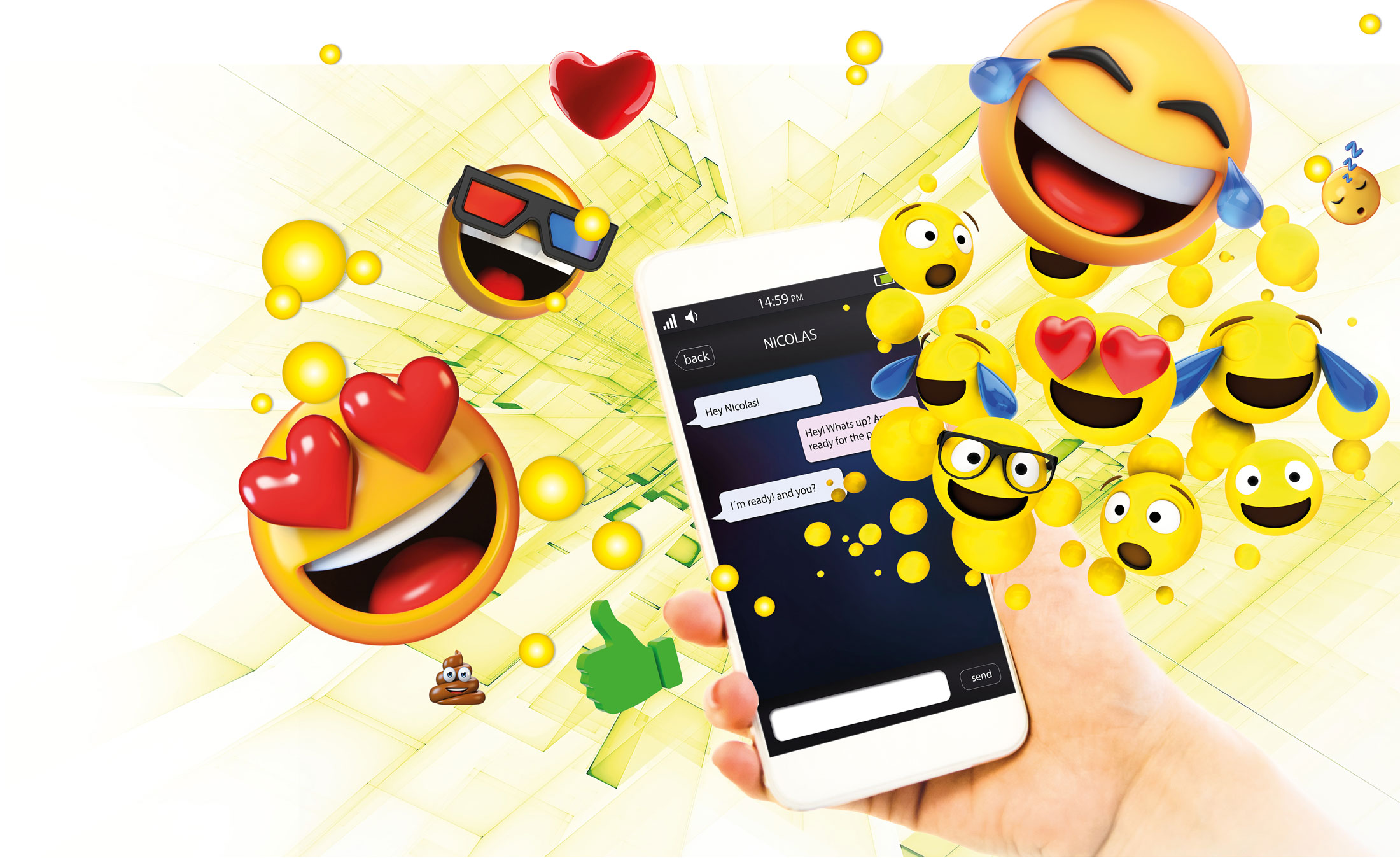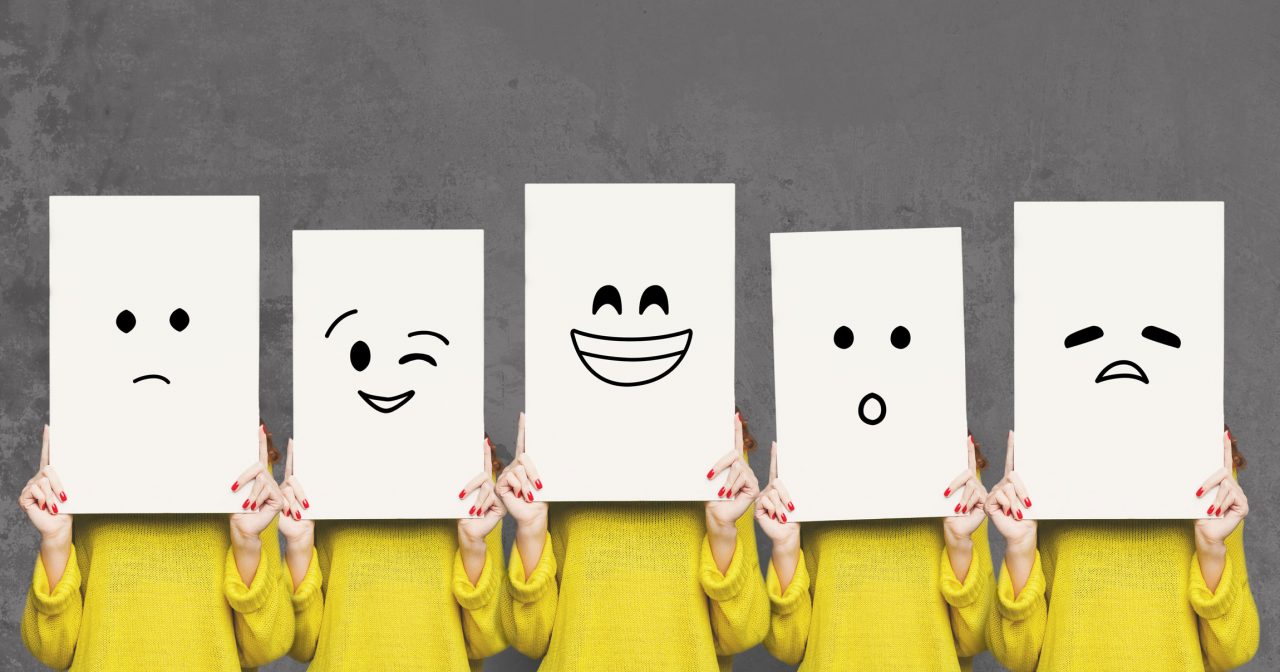Facial Expressions in our communication
Our facial expressions make up an essential part of our communication. Facial expressions are universal. When we are not face-to-face, we use emojis to convey the same facial expressions.


What are facial expressions?
It was probably easy to see if you felt happy when you went to school today. It tends to be fairly easy to interpret the facial expressions people wear when they are happy, sad or angry.
Over the years, Charles Darwin and other researchers have written a lot of articles on the way people communicate using different facial expressions. Ever since the 17th century, it has been generally accepted that people only have six basic facial expressions: happiness/joy, sadness, fear, anger, surprise, and disgust.
Universal facial expressions
Over the last decade, certain researchers have begun to challenge this belief. Today many researchers have concluded that people have many more than just six basic facial expressions.
Furthermore, it has also been determined that smiles do not necessarily indicate joy. Smiles can emanate from desire, love, admiration, and interest. Variations in the way a person smiles can also express feelings of embarrassment, amusement, or being happily disgusted.

Ønsker du å lese hele artikkelen?
Ved å logge inn får du full tilgang til artikkelen, samt Lærerrommet med engasjerende læringsstier og oppgaver du kan bruke i undervisningen.
Ønsker du å prøve ut fullversjonen av Skolerom?
Kontakt oss her!
